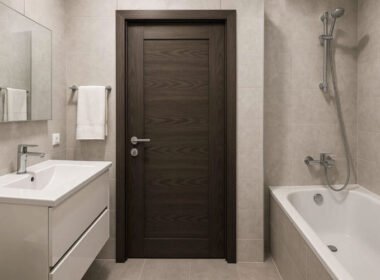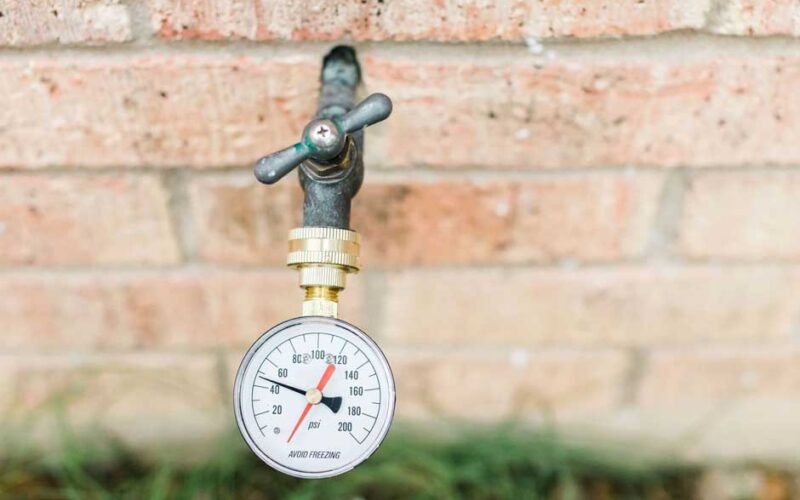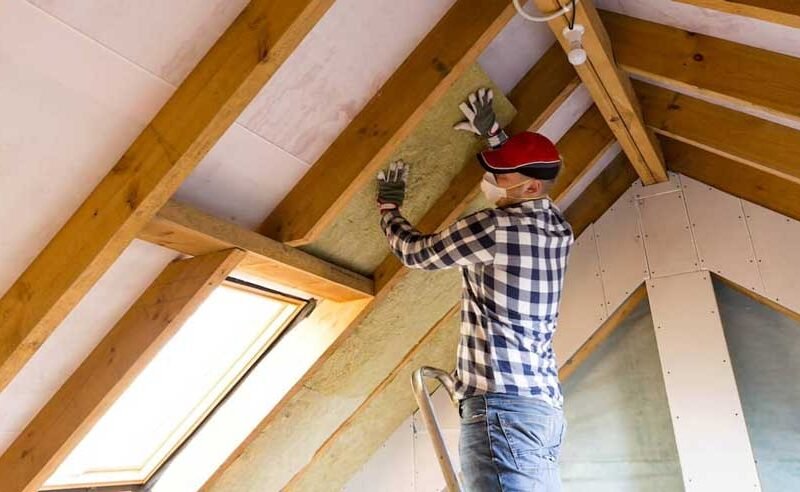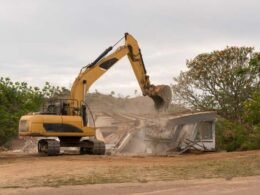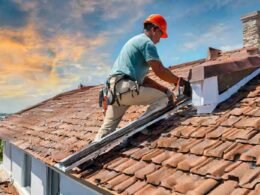Water pressure is a critical component of a functional plumbing system in any household. When water pressure is too low, it can lead to unsatisfactory performance of showers, faucets, and appliances, causing frustration for homeowners. Conversely, excessively high water pressure can damage plumbing fixtures and increase the risk of leaks or pipe bursts. Properly managing water pressure requires a clear understanding of the plumbing system and an ability to diagnose the root causes of pressure issues. We will explore how plumbers approach these problems to ensure safe, efficient, and consistent water flow throughout the home.
Strategies Plumbers Use to Address Water Pressure Issues
1. Diagnosing the Source of Pressure Problems
Before applying any solutions, plumbers begin by identifying whether the water pressure problem is due to low or high pressure and determining its cause. Homeowners looking to connect with Portland Oregon plumbers will find that low water pressure can stem from clogged pipes, leaks, faulty pressure regulators, or issues with the municipal water supply. High pressure may be caused by malfunctioning pressure-reducing valves or water systems operating without proper regulation. Plumbers employ pressure gauges to measure pressure levels at various points in the system and inspect pipes for blockages or damage. This diagnostic process is essential for selecting the most effective course of action, ensuring the problem is addressed at its root rather than merely treating its symptoms.
2. Installing or Adjusting Pressure-Reducing Valves (PRVs)
When water pressure is found to be excessively high, plumbers often turn to pressure-reducing valves to regulate and maintain pressure within safe limits. These valves are installed on the main water line entering the home and reduce the incoming water pressure to a manageable level. If a PRV is already in place but malfunctioning, plumbers adjust or replace it to restore proper function. The correct calibration of these valves is crucial because it balances the water flow, thereby protecting plumbing fixtures from damage caused by pressure surges. By ensuring water pressure remains consistent, PRVs contribute to the longevity of pipes, appliances, and fixtures.
3. Clearing Clogs and Removing Mineral Buildup
Low water pressure in homes is frequently caused by clogged pipes or faucets due to mineral deposits such as calcium and lime, especially in areas with hard water. Plumbers address these issues by cleaning aerators, showerheads, and faucet filters, removing sediment and buildup that restrict water flow. In more severe cases, pipe cleaning or replacement may be necessary to restore proper pressure. Removing blockages allows water to flow freely, improving pressure and overall system efficiency. Regular maintenance to prevent buildup can also help homeowners avoid recurring pressure issues.
4. Fixing Leaks and Pipe Damage
Leaks and damaged pipes reduce water pressure by allowing water to escape before reaching faucets and appliances. Plumbers conduct thorough inspections to locate leaks, which may be hidden behind walls or under floors. Using specialized equipment, such as moisture detectors and video pipe inspection cameras, they can pinpoint the source of leaks without the need for extensive demolition. Once found, repairs or pipe replacements are made to seal the system and restore full water pressure. Addressing leaks not only improves pressure but also prevents water waste and costly damage to the home.
5. Adjusting Water Supply Lines and Fixtures
Sometimes, water pressure problems arise from issues with internal plumbing fixtures or supply lines. Plumbers examine shut-off valves, supply hoses, and fixture connections to ensure they are fully open and free from restrictions. Valves that are partially closed or corroded can significantly reduce pressure. By adjusting or replacing faulty components, plumbers help optimize the flow of water throughout the home. They may also recommend upgrading older fixtures that are inefficient or incompatible with current pressure standards, thereby enhancing overall performance.
6. Installing Water Pressure Boosting Systems
In homes where municipal water pressure is naturally low, plumbers may recommend installing a pressure-boosting system. These systems utilize pumps to increase water pressure, ensuring a consistent and adequate supply even during periods of high demand. Pressure boosters are particularly useful for multi-story homes or those located in areas with poor water pressure infrastructure. Plumbers select and install the appropriate equipment based on the home’s specific needs, balancing pressure improvements with energy efficiency and noise considerations. Properly integrated boosting systems can significantly enhance water flow without causing damage to pipes or fixtures.
7. Educating Homeowners on Pressure Management
Beyond technical fixes, plumbers often advise homeowners on how to maintain healthy water pressure and prevent future problems. This includes guidance on regular maintenance, such as cleaning faucet aerators and showerheads, monitoring for leaks, and understanding the importance of pressure-regulation devices. They may also explain the potential effects of water pressure extremes and how to recognize early warning signs. Empowering homeowners with knowledge allows them to take proactive steps, ensuring the plumbing system remains reliable and efficient over time.
Managing water pressure issues in residential plumbing requires a combination of careful diagnosis, targeted repairs, and ongoing maintenance to ensure optimal performance. Plumbers employ a variety of methods to identify the causes of pressure fluctuations and implement solutions tailored to each home’s unique system. From installing pressure-reducing valves and clearing clogs to repairing leaks and adding boosting systems, their interventions help safeguard plumbing infrastructure and improve daily water use. Effective communication with homeowners further enhances long-term outcomes by fostering awareness and preventive care.
Addressing water pressure problems in homes is a multifaceted task that demands both technical skills and a thorough understanding of plumbing systems. Plumbers employ systematic approaches to accurately diagnose issues, apply suitable solutions, and guide homeowners on maintaining optimal water pressure. By managing these challenges effectively, they help ensure that water flows safely and efficiently, supporting the comfort and functionality of the household.



